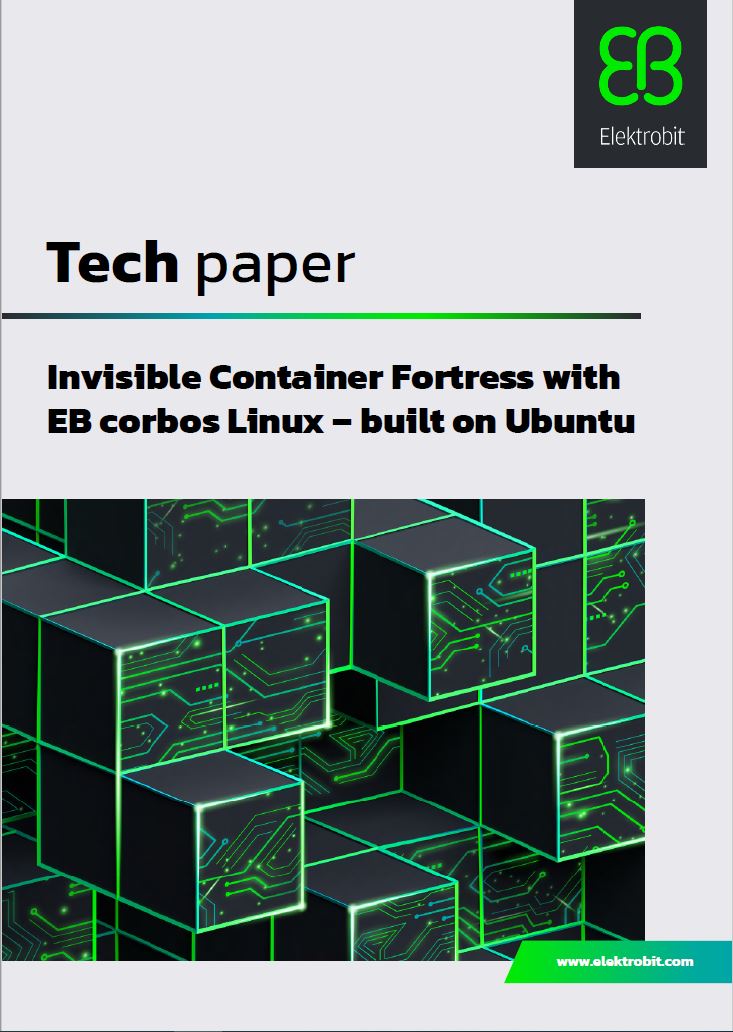
Table of contents
1. Abstract
2. Introduction
3. Problem description
4. High-level solution
5. Solution details
6. Customer value
7. Summary
8. References
Containers on Linux is a concept which allows a software integrator to isolate a runtime environment from the host
operating system. It’s often been used to run software inside of an enclosed environment. In the automotive industry
where different companies provide parts of the final product, this concept helps to integrate third-party software without the risk of influencing or negatively impacting other components in the system. Software manufacturers implement and test their applications as a container inside of their individual development environment and can hand over the container to system integrators without the risk of inconsistencies or unwanted side effects.
Download a full featured edition of EB corbos Linux with emulation support (QEMU), on NXP S32G2 or on Raspberry Pi. Request it today to start using open-source for your future development projects.
Click on the button to load the content from Pardot.


